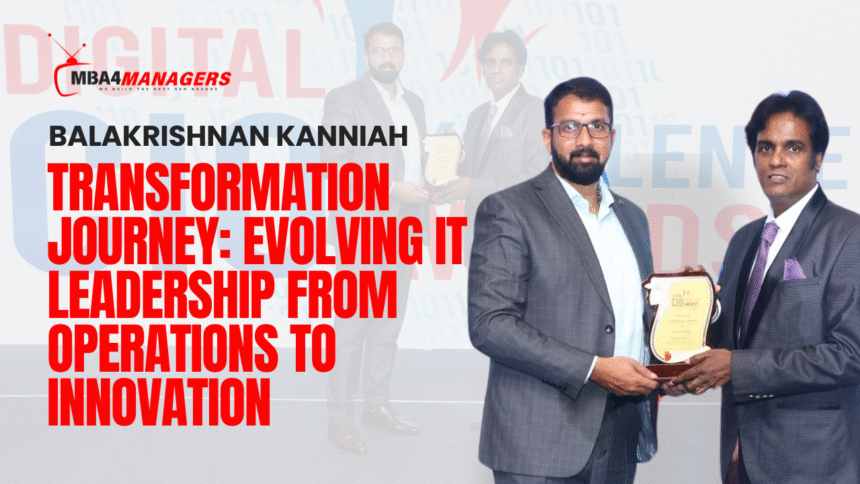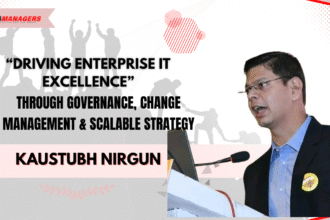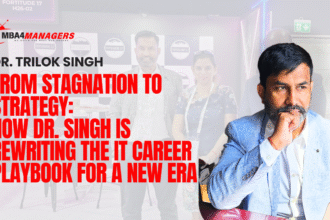The landscape of IT leadership has undergone a profound transformation over the last decade. What was once a role focused primarily on managing IT infrastructure and ensuring operational stability has expanded into one that drives innovation, champions digital transformation, and shapes business strategy.
Having led technology teams through multiple phases of organizational change, cloud adoption, and cybersecurity evolution, I’ve come to realize that the journey of an IT leader is as much about personal transformation as it is about technology.
Starting Point: The Infrastructure Custodian
Early in my career as an IT infrastructure head, the primary focus was clear-cut — ensure systems run smoothly, minimize downtime, and keep the technology backbone robust. Success was measured by uptime metrics, compliance with security protocols, and cost containment.
While this role was critical, it was largely reactive — responding to incidents, managing hardware and software, and maintaining established processes. The scope for driving change was limited, and the IT function was often viewed as a service provider rather than a strategic partner.
Catalyzing Change: Embracing Cloud and Digital Transformation
The first major pivot in my journey came with the emergence of cloud technologies. Recognizing the immense potential of cloud to unlock business agility, I shifted focus from managing on-premise systems to leading enterprise-wide cloud adoption.
This phase was transformative — not just in terms of technology but mindset. Moving to the cloud meant embracing agility, scalability, and innovation. It required rethinking legacy systems, re-architecting applications, and redefining security frameworks.
Leading this transformation demanded more than technical skills — it required influencing stakeholders, managing change, and fostering collaboration between IT and business units.
Securing Innovation: Elevating Cybersecurity
As digital initiatives accelerated, so did the complexity and risks associated with cybersecurity. I championed a shift from traditional perimeter defense models to integrated, proactive security strategies that protect data, ensure compliance, and enable innovation.
By embedding security into the digital transformation journey, IT became a trusted enabler rather than a barrier. The approach was to build resilience while maintaining speed and flexibility — a balance critical to today’s digital enterprises.
Empowering Teams: The People-Centric Approach
Transformation is incomplete without focusing on people. Throughout my career, I have prioritized building cross-functional, high-performance teams capable of adapting to rapid technological change.
Upskilling, promoting a culture of continuous learning, and encouraging experimentation have been central to empowering teams. Automation and AI have freed teams from repetitive tasks, allowing focus on strategic initiatives that drive value.
Leadership today is about inspiring and enabling talent to innovate fearlessly.
Vision Ahead: The CIO as a Business Innovator
The role of the CIO and IT leader continues to evolve rapidly. From being the guardian of technology assets, the IT leader is now a business innovator and transformation architect.
The future demands a fusion of technical expertise, strategic vision, and entrepreneurial mindset. Whether it’s harnessing AI, enabling data-driven decision-making, or creating new customer experiences, IT leadership must be at the forefront of shaping the organization’s future.
Conclusion: The Continuous Journey of Transformation
Transformation is not a project or a destination — it’s a continuous journey of learning, adapting, and leading with purpose. The evolution of IT leadership mirrors this journey, expanding from operational excellence to strategic impact.
For IT leaders navigating this path, the call to action is clear: embrace change, champion innovation, and empower people. The future belongs to those who lead not just with technology, but with vision.













